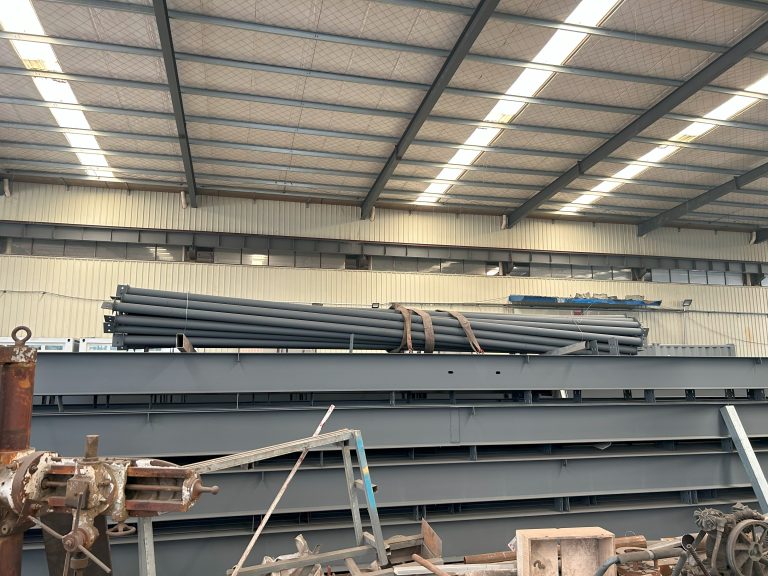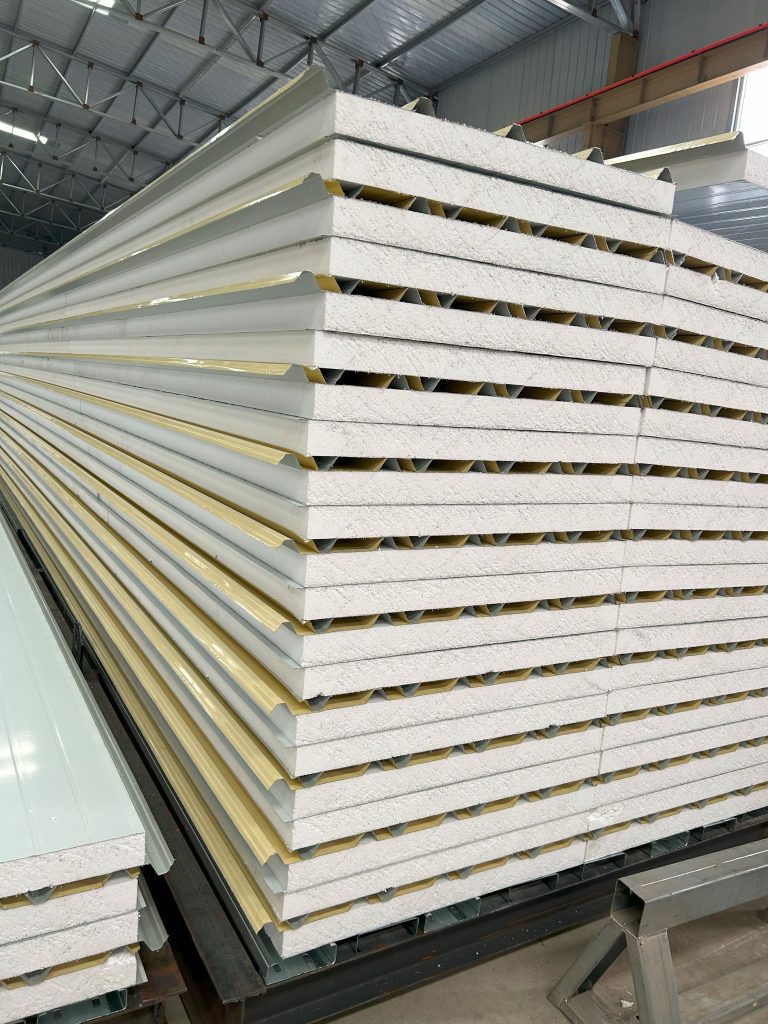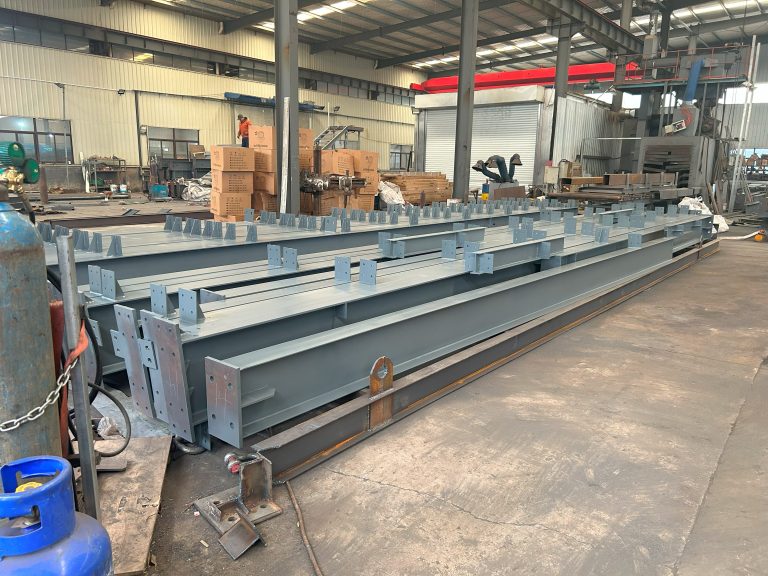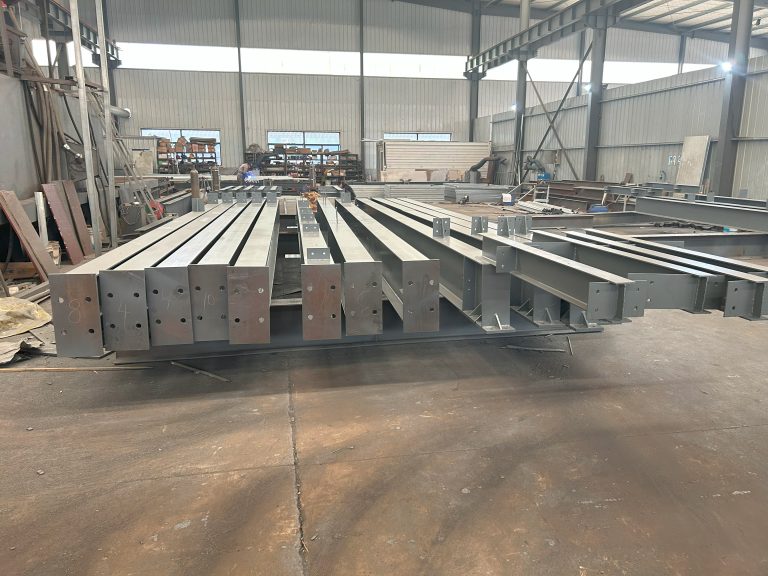Risk management and control in the process of steel structure construction
Table of Contents
Importance of Risk Management in Steel Structure Construction
Risk management is a crucial aspect of any construction project, especially when it comes to steel structure construction. The process of building steel structures involves a number of risks that need to be carefully managed in order to ensure the safety of workers and the successful completion of the project. In this article, we will discuss the importance of risk management in steel structure construction and the various strategies that can be employed to control and mitigate these risks.
One of the key reasons why risk management is so important in steel structure construction is the inherent complexity of the process. Building a steel structure involves a number of different tasks and processes, each of which carries its own set of risks. From the initial design phase to the actual construction and installation of the steel components, there are numerous opportunities for things to go wrong. By implementing a comprehensive risk management plan, construction companies can identify potential risks early on and take steps to mitigate them before they become serious issues.
Another reason why risk management is essential in steel structure construction is the high level of safety hazards associated with this type of work. Steel structures are often large and heavy, requiring workers to operate at heights and in close proximity to heavy machinery. This creates a number of potential safety risks, including falls, crushing injuries, and exposure to hazardous materials. By implementing strict safety protocols and procedures, construction companies can reduce the likelihood of accidents and injuries on the job site.
In addition to safety concerns, there are also financial risks associated with steel structure construction. Building a steel structure is a significant investment, and any delays or cost overruns can have serious financial implications for the construction company. By carefully managing risks and implementing effective control measures, construction companies can minimize the likelihood of these issues arising and ensure that the project stays on track and within budget.
One of the key strategies for managing risks in steel structure construction is to conduct a thorough risk assessment at the beginning of the project. This involves identifying potential risks and hazards, assessing their likelihood and potential impact, and developing a plan to control and mitigate these risks. By taking a proactive approach to risk management, construction companies can address potential issues before they become serious problems and ensure the successful completion of the project.
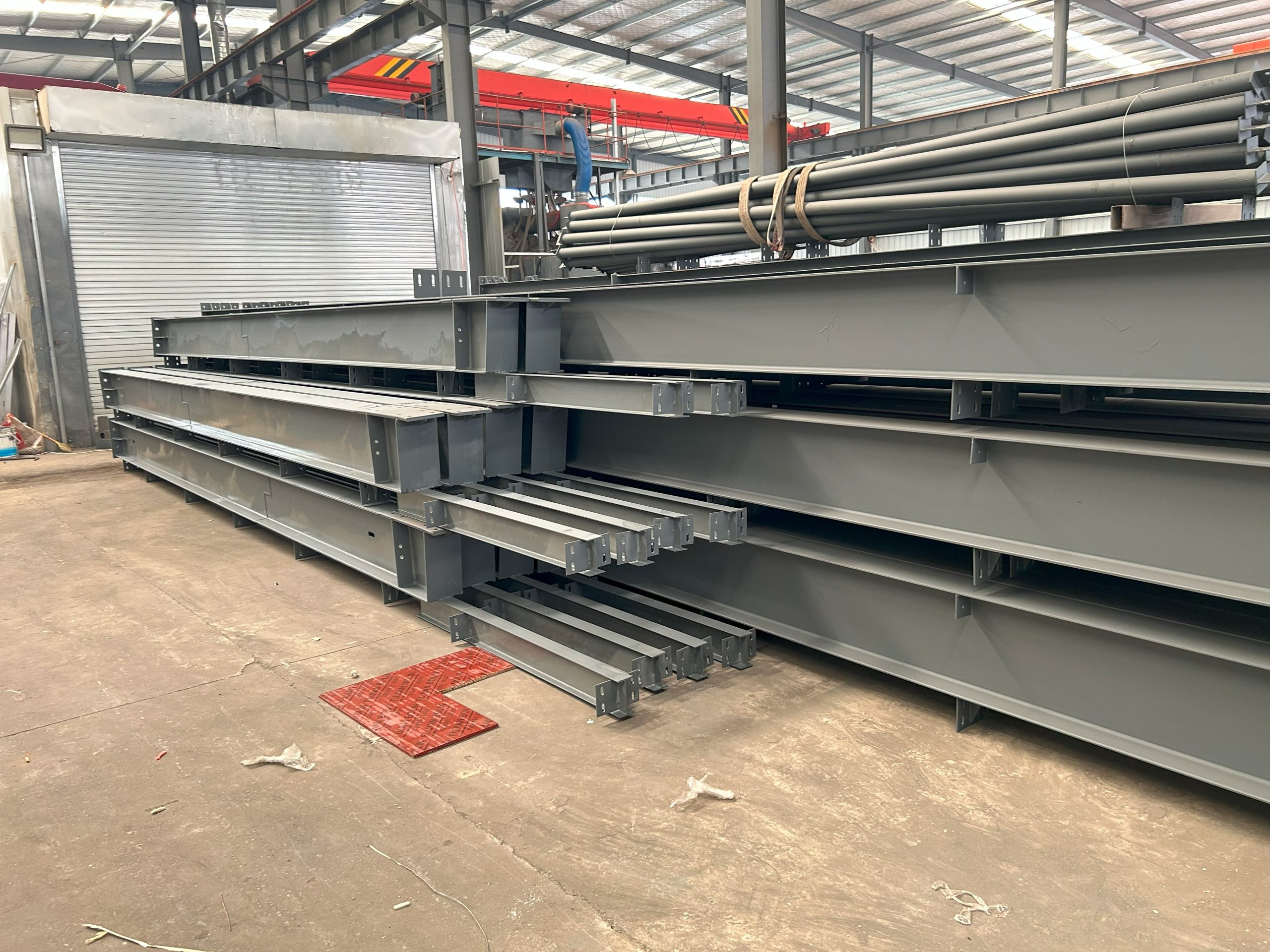
Another important aspect of risk management in steel structure construction is the implementation of effective control measures. This may include implementing safety protocols, providing training for workers, and conducting regular inspections of the job site. By putting these control measures in place, construction companies can reduce the likelihood of accidents and injuries and ensure that the project is completed safely and efficiently.
In conclusion, risk management is a critical aspect of steel structure construction that cannot be overlooked. By identifying potential risks, implementing effective control measures, and taking a proactive approach to risk management, construction companies can ensure the safety of workers, protect their financial interests, and successfully complete their projects. By prioritizing risk management in steel structure construction, construction companies can minimize the likelihood of accidents, injuries, and financial losses, and ensure the successful completion of their projects.
Best Practices for Controlling Risks in Steel Structure Construction
Risk management and control are crucial aspects of the construction process, especially when it comes to steel structures. Steel is a versatile and durable material that is commonly used in construction projects due to its strength and ability to withstand various environmental conditions. However, the construction of steel structures comes with its own set of risks that need to be carefully managed and controlled to ensure the safety of workers and the successful completion of the project.
One of the key aspects of risk management in steel structure construction is identifying potential hazards and assessing their likelihood and impact. This involves conducting a thorough risk assessment at the beginning of the project to identify any potential risks that could arise during the construction process. By identifying these risks early on, project managers can develop strategies to mitigate them and prevent accidents or delays.
Once potential risks have been identified, it is important to develop a comprehensive risk management plan that outlines how these risks will be controlled and monitored throughout the construction process. This plan should include specific measures to address each identified risk, such as implementing safety protocols, providing training to workers, and conducting regular inspections to ensure compliance with safety standards.
In addition to developing a risk management plan, it is also important to establish clear communication channels between all stakeholders involved in the construction process. This includes contractors, subcontractors, engineers, and project managers, who should all be aware of the potential risks and the measures in place to control them. By maintaining open communication and collaboration, project teams can work together to identify and address any emerging risks in a timely manner.
Another important aspect of risk management in steel structure construction is ensuring that all workers are properly trained and equipped to handle the challenges of working with steel. This includes providing workers with the necessary safety gear, such as helmets, gloves, and harnesses, as well as training them on how to safely handle and install steel components. By investing in proper training and equipment, project managers can reduce the likelihood of accidents and injuries on the construction site.
Regular inspections and quality control measures are also essential for controlling risks in steel structure construction. Inspections should be conducted at various stages of the construction process to ensure that all steel components are installed correctly and meet the required safety standards. By conducting regular inspections, project managers can identify any potential issues early on and take corrective action to prevent them from escalating into more serious problems.
In conclusion, risk management and control are essential components of the construction process, especially when it comes to steel structure construction. By identifying potential hazards, developing a comprehensive risk management plan, maintaining open communication, providing proper training and equipment to workers, and conducting regular inspections, project managers can effectively control risks and ensure the successful completion of the project. By following these best practices for controlling risks in steel structure construction, project teams can minimize accidents, delays, and cost overruns, and ultimately deliver a safe and high-quality steel structure that meets the needs of the client.

